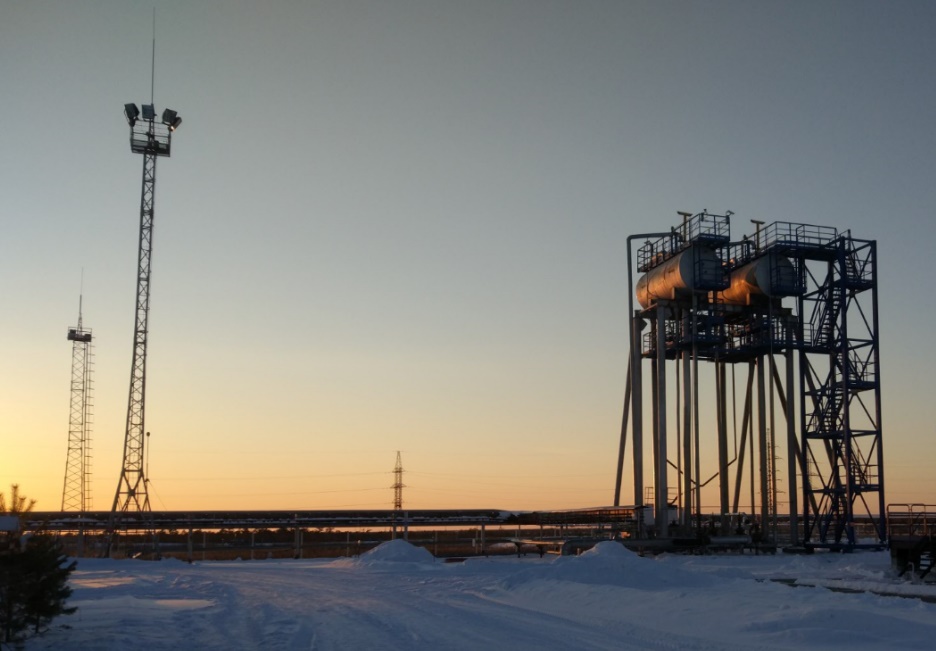Results of the joint research involving scientists from the Trofimuk Institute of Petroleum Geology and Geophysics, Siberian Branch of the Russian Academy of Sciences, and Novosibirsk State University have shown the Novosibirsk region to have a great capacity to store carbon dioxide deep underground. By properly organizing the process engaging public-private partnerships we can not only improve the region’s ecology, but also increase the amount of revenues coming to the regional budget.
According to experts from the Laboratory of Hydrogeology of Sedimentary Basins of Siberia of IPGG SB RAS, Western Siberia as a whole represents one of the most promising macro-regions for long-term storage of carbon dioxide. Deep-seated aquifers and oil and gas reservoirs depleted in production may lend themselves to underground CO2 sequestration. There is also a technique for using worked out coal-mines and salt-caverns as gas storage facilities.
By injecting carbon dioxide into depleted hydrocarbon reservoirs, one can intensify the inflow of hydrocarbons, thereby providing oil producing companies an opportunity to extract residual oil reserves from them.

Verkh-Tarskoye oilfield
The Verk-Tarskoye oilfield located in the Novosibirsk region is of the greatest interest from the perspective of CO2 storage owing to its almost developed state, relatively close location to the city of Novosibirsk and high degree of exploration maturity. Specialists have all the data on the composition of reservoir fluids, their microbiological composition, formation pressure and temperatures conditions, mineralogical properties of reservoirs, etc. In addition, the oilfield has all the necessary infrastructure that will allow CO2 to be injected underground.
Researchers from IPGG SB RAS have identified a total of about 100 sites which are promising in terms of CO2 storage within Upper Jurassic reservoirs, in the Novosibirsk region alone. Each such "trap" is capable of storing from 0.8 to 130 million tons of carbon dioxide.
This translates into about a billion tons of carbon dioxide that can be stored in underground formations of the Novosibirsk region, which is enough to capture and inject all CO2 emissions totaled over 50 years on the scale of this region. The potential value of sellable carbon dioxide storage capacity units in Upper Jurassic aquifers within the Novosibirsk region area is over 700 billion rubles.
Thus far ,scientists from IPGG SB RAS and NSU are working on this project and intend to continue developing this topic by projecting it onto Cretaceous reservoirs.
The project is funded by NSU within the Prioritet-2030 Program.
Published by the IPGG Press Service
Photo from IPGG SB RAS archive